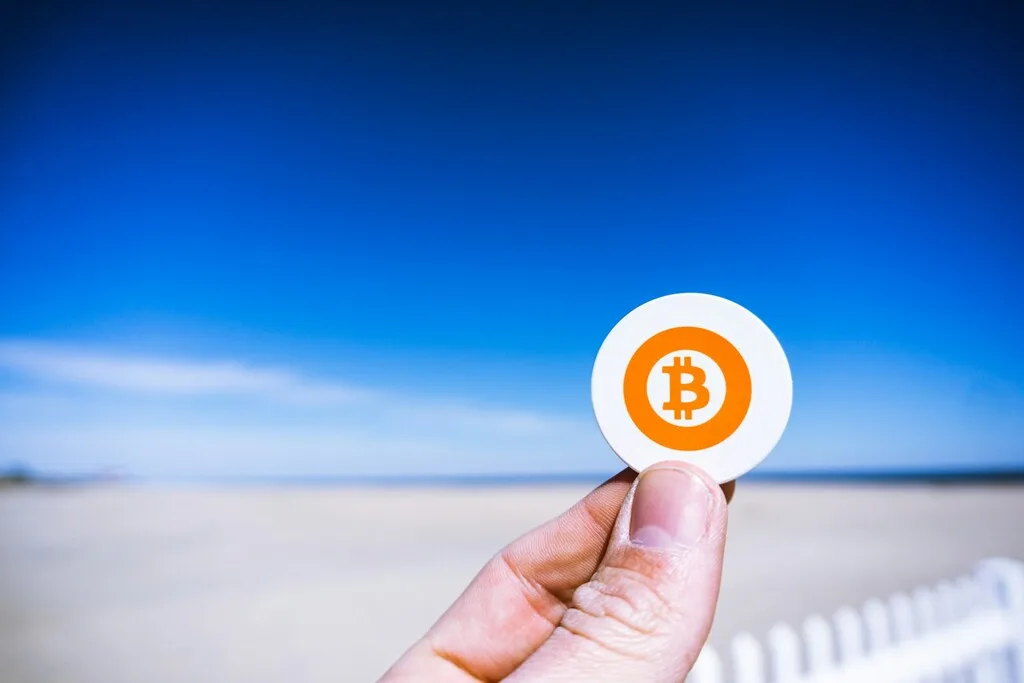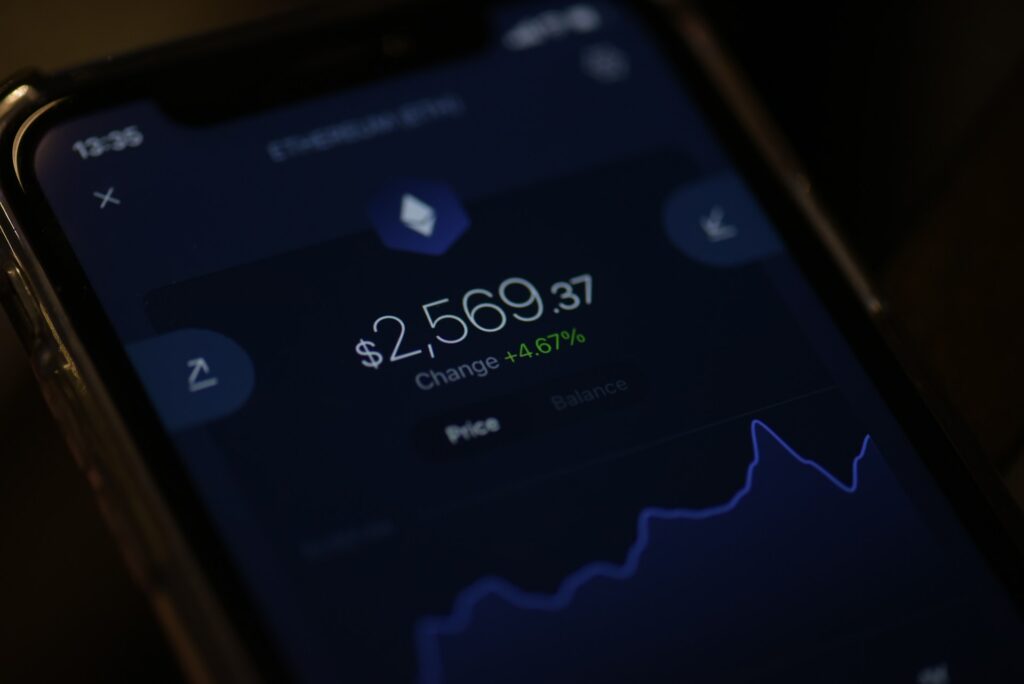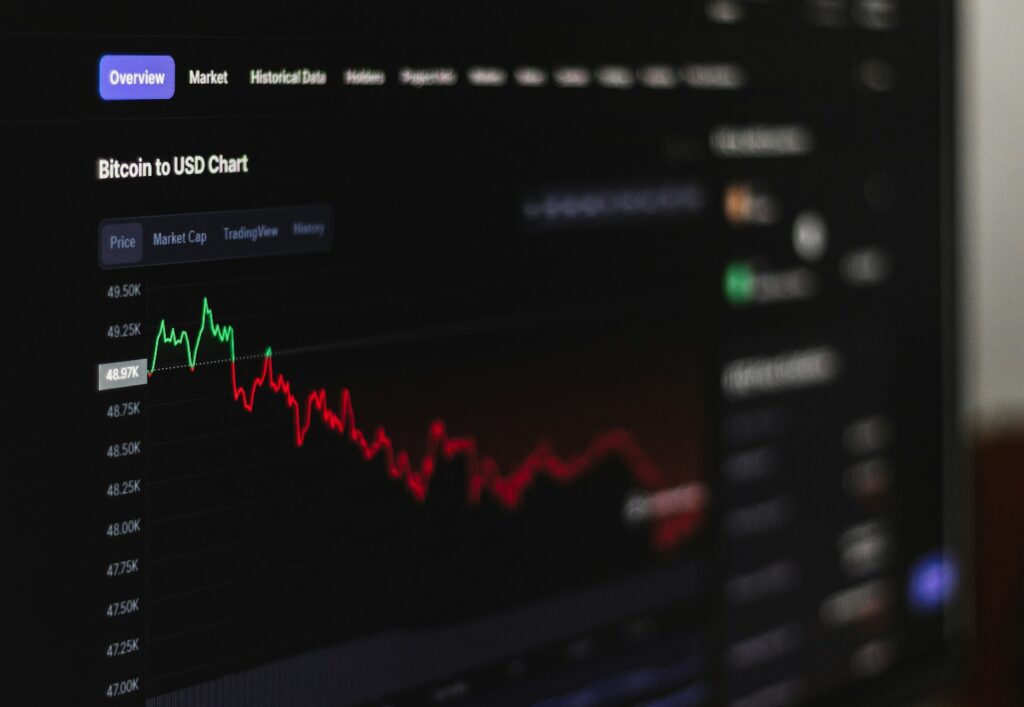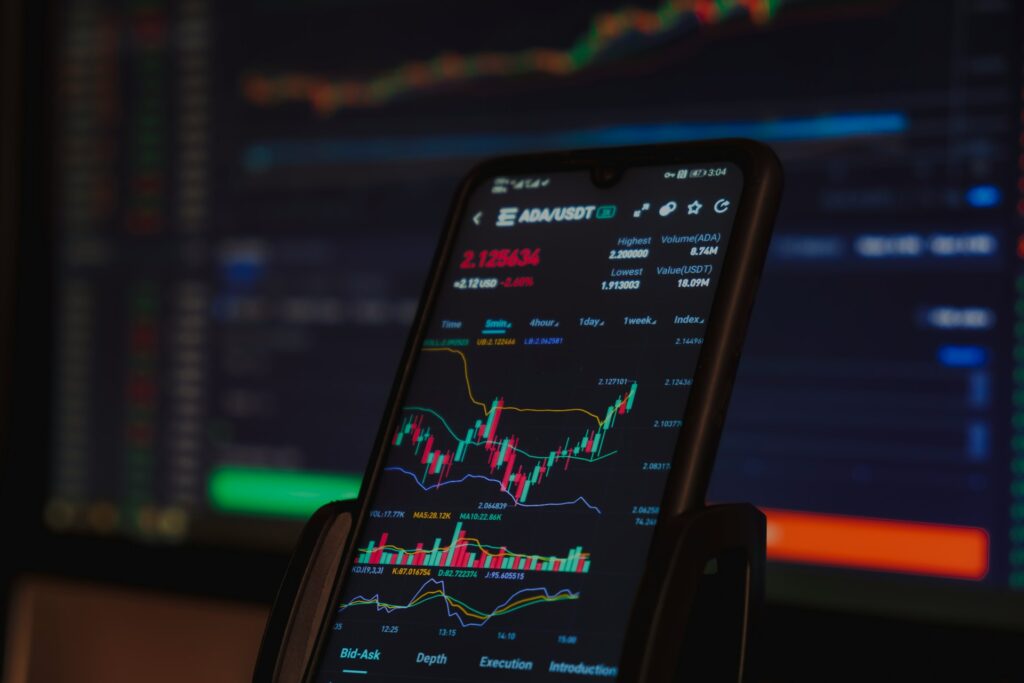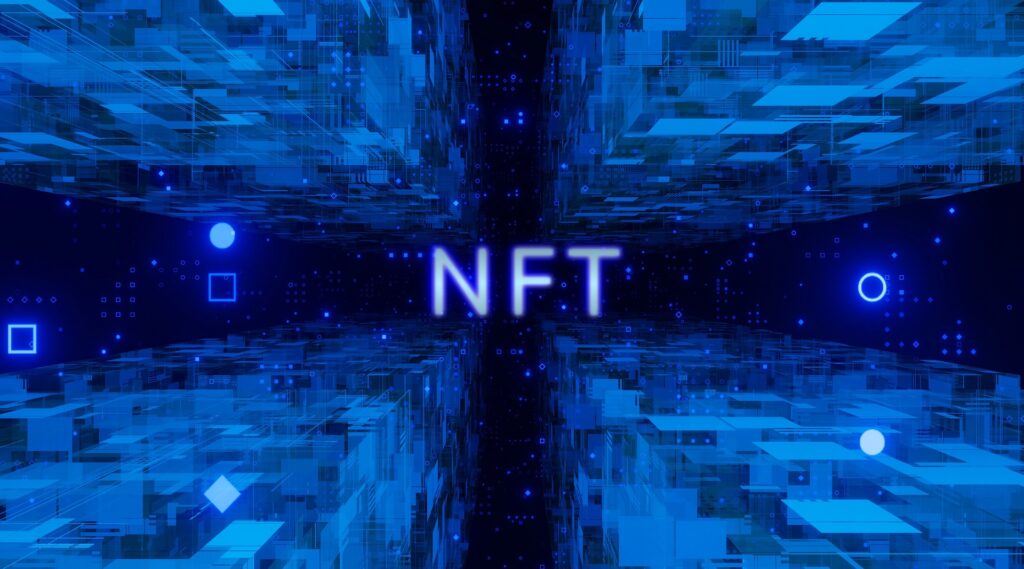A few months ago, my 6-year-old cousin asked me, “What’s Bitcoin? Is it like the coins in my piggy bank?” I paused, trying to figure out how to explain something so complex to someone who still believes in Santa Claus.
So, I picked up his toy blocks and started building a tiny story that made sense to him, and surprisingly, it helped me understand Bitcoin better, too.
In this blog, I’ll do the same for you. Whether you’re just curious about Bitcoin or feel completely lost in crypto terms, this is your beginner-friendly, fluff-free guide to understanding Bitcoin, like you’re 5. No jargon, no techy talk, just real explanations you’ll actually remember.
What exactly is Bitcoin?
Let’s imagine you have a toy you really like. Let’s say it’s a toy dinosaur.
Now imagine that instead of giving your friend the dinosaur directly, you just wrote on a big piece of paper: “I gave my dinosaur to Alex.”
Everyone around sees that note. And no one can erase it. That’s how they all know Alex owns the dinosaur now.
Bitcoin works in a similar way.
- It’s digital money, not a physical coin like the one in your piggy bank.
- You don’t need a bank to send or receive it.
- Every transaction is recorded on something called a blockchain (we’ll get to that soon).
But why was Bitcoin even created?
Imagine you’re playing a game and there’s a referee who always cheats. You never know if your score is real.
That’s how our real-world money system works sometimes. Banks and governments control everything, and we just have to trust them.
Bitcoin was created in 2009 by someone (or a group) named Satoshi Nakamoto. It was meant to give people full control over their own money, without needing a middleman like a bank.
How Bitcoin really works (with crayons and cookies)?
Let’s break this down like playtime:
1. Blockchain is the notebook everyone sees
Imagine your class has a giant notebook where every kid writes down when they trade crayons or cookies.
If Tim gives Sarah a cookie, he writes: “Tim gave 1 cookie to Sarah.”
Everyone sees the notebook. No one can erase it. And you can’t lie, because everyone else will catch you.
That’s the blockchain, a public notebook where all Bitcoin transactions are written down and agreed upon.
2. Bitcoin is the cookie
The cookie being passed around is the Bitcoin. It’s digital, but it has value because people believe in it, just like how kids value cookies during lunch.
You can buy things with Bitcoin, trade it for regular money, or just keep it, hoping it becomes more valuable.
3. Miners are the kids checking the notebook
Now, someone has to make sure that no one cheats in the notebook, right?
That’s what miners do. They’re like super-fast kids with calculators. When someone sends Bitcoin, miners check if it’s valid and then add it to the notebook (blockchain).
And guess what? They get a little bit of Bitcoin as a thank-you gift.
Is Bitcoin real money?
You might wonder: can I buy toys, food, or games with Bitcoin?
Short answer: Yes, but not everywhere. Some websites, stores, and even cafes accept Bitcoin. You can also trade Bitcoin for regular money (called fiat) like dollars, rupees, or euros.
Here’s a quick comparison:
| Feature | Bitcoin | Regular Money |
|---|---|---|
| Physical | No, it’s digital | Yes |
| Controlled by | No one (it’s decentralized) | Central banks/governments |
| Can be copied | No | Technically, yes (printing) |
| Transactions visible | Yes (public ledger) | No (private bank records) |
| Speed of transfer | Minutes | Hours or days |
So, while Bitcoin is not something you can touch, it is real money, just like how online game coins or gift cards are real in their own worlds!
Why people love Bitcoin (and why some don’t)?
Let me share a story I read on Reddit.
A man in Venezuela, where the local money lost its value, shared how Bitcoin helped him feed his family. He couldn’t trust the banks or the currency, but with a phone and internet, he could accept Bitcoin for small jobs online and use it to buy groceries.
That’s the kind of freedom Bitcoin gives. But it’s not perfect.
People love Bitcoin because:
- It gives control – no bank can freeze your Bitcoin wallet.
- It’s borderless – send money across countries without any delay.
- It’s limited – only 21 million Bitcoins will ever exist, so it’s not inflation-prone like printed cash.
People worry about Bitcoin because:
- It’s volatile – one day it’s $60,000, the next it’s $30,000.
- It can be lost – if you forget your password (called a seed phrase), your Bitcoin is gone forever.
- It’s used wrongly – like any tool, bad people can use it for illegal stuff too.
Can you actually buy Bitcoin?
Yes, you can, even if you don’t have a lot of money. You don’t need to buy a full Bitcoin (which might cost thousands of dollars, over $100,000 in 2025). You can buy just a small piece of it. Kind of like buying a slice of cake instead of the whole cake.
Here’s how most people do it:
- Create a wallet – This is like your digital piggy bank. Apps like Trust Wallet, Coinbase, or Binance help you do this.
- Use an exchange – These are websites/apps where people buy and sell Bitcoin.
- Store it safely – You can keep it online (hot wallet) or offline (cold wallet, like a USB stick).
Safety Tips:
- Never share your seed phrase (it’s like your secret key).
- Double-check website URLs before entering info.
- Use two-factor authentication for extra safety.
The future of Bitcoin: Will we all use it someday?
Maybe. Maybe not. But here’s something to think about.
In some countries like El Salvador, Bitcoin is already official money. That means you can pay taxes, buy food, or even pay school fees in Bitcoin. Big companies like Tesla, Microsoft, and even some hotels are accepting Bitcoin too.
But Bitcoin has to solve a few problems before it becomes mainstream:
- It needs to get faster.
- It must become easier for non-tech people to use.
- It should be more stable in price.
Still, many believe that just like the internet changed how we talk, shop, and play, Bitcoin could change how we think about money.
What started as a toy story!
Remember my cousin and his dinosaur story?
Weeks later, he told his school friend that “Bitcoin is like when you give something to someone and everyone sees it.” Not a bad explanation, right?
Bitcoin might sound complicated at first, but at its core, it’s about trust, fairness, and freedom.
Here’s a final thought: Right now, only a small percentage of the world understands Bitcoin. But just like emails or mobile phones, things that once felt too “techy” often become part of everyday life.
You don’t need to become a crypto expert. But knowing the basics, like you do now, puts you ahead of most people.
So next time someone asks, “What’s Bitcoin?”, tell them: It’s digital money that doesn’t need banks and runs on trust.
And hey, maybe use toy dinosaurs too!
With over five years of experience in the tech industry, Kazim excels at simplifying complex topics, making them accessible to tech enthusiasts and general readers alike.
He has contributed to several renowned publications worldwide, including WindowsReport and Allthings.how, bringing insightful coverage of key developments in the field.
When he’s not writing, you’ll find Kazim planning weekend getaways or diving into tech verticals beyond his expertise.
